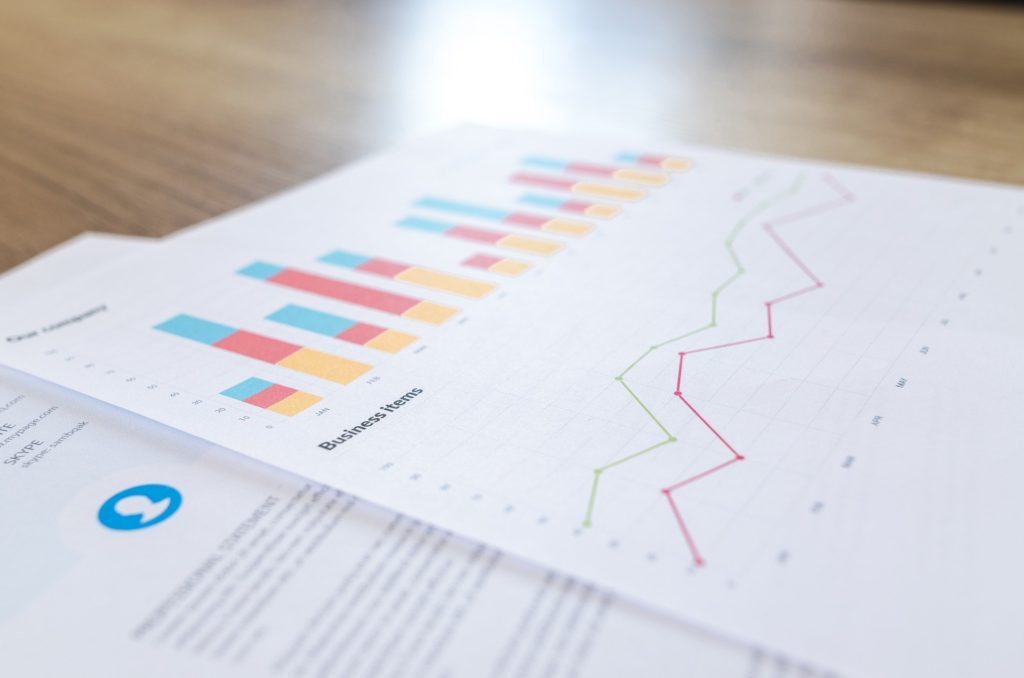This guest post was written by Emily Henry. Scroll to the bottom of this article to find out more about Emily.
As a business owner you’re probably very aware that organisations like yours are being judged on their impact on the planet. As a result, it’s likely that more customers going forward will decide whether to buy from you depending on your sustainability goals. Because of this, many big names such as Amazon, Apple and Microsoft have created their own sustainability plans, and it’s time for others to follow suit. To help you create your own plan, here are the main mistakes you’ll want to avoid.
1. Not assessing your impact before you start planning
This is the mistake that most business owners make when they get started with planning greater sustainability. It’s very easy to just start making goals, but you won’t make a real impact unless you know where you’re starting from.
Before you do anything, you therefore need to assess the environmental impact of your company, including the lifecycle of your products/services and your supply chain, so you have a full view of what could be improved.
When you’ve done this, you can start to see where you can make changes. For example, if you create a lot of packaging waste, you can investigate alternative materials, such as recycled paper or card, or see if you can ensure that small items are packaged in small boxes, reducing the amount of padding required.
2. Not identifying the right roles and responsibilities
Once you have an idea of what improvements you want to make, you need to have the right people in place to start putting them into practice. You can have all the plans you want for the business, but you need your staff to make them a reality.
At a senior level, it is vital that you have key stakeholders on board with your plans. Without their support, it will be difficult to drive change, so set out your plans clearly and integrate them into your long-term business strategy, highlighting benefits of the plan such as cost savings or customer retention.
Once your sustainability plan has been signed off, it should be clearly communicated to the rest of your staff so that they are aware of their own responsibilities in the plan. Pay particular attention to process owners as they are likely to be making most of the direct changes in how your business operates. For instance, if you’re going to be changing your packaging processes, the process owner needs to know what materials you may be switching to or how the amount of packaging should be reduced.
 3. Not having a measuring system in place to assess your progress
3. Not having a measuring system in place to assess your progress
You’ve got started on being more sustainable, and that’s great. You shouldn’t go any further, however, without having a way to measure the impact that your plans will make. If you can’t measure this, then you won’t be able to see if your new processes are fit for purpose.
Your goals must be objective, which means that they should be easily measurable. For example, if you have a goal to reduce greenhouse gases by 25% in three years’ time, then you can track this with regular emissions checks to see how you’re shaping up along that timeline.
4. Only being ‘sustainable’ for PR
Many businesses have made a lot of noise about becoming more sustainable but haven’t actually made the necessary changes behind the scenes. This can be harmful to your reputation in the long term and may signal to your customers that you are untrustworthy.
Once you’ve made a plan and broadcast it, make sure you follow through on your promises to show customers that you do care about your impact on the planet.
5. Applying strategies before you test them
Once you’ve put some plans in place, you’ll need to test them before they are applied to your business as a whole. If you don’t do this, it’s very easy for unforeseen issues to occur and cause the plan to fail.
Instead, try implementing plans on a smaller scale first. Rather than making sweeping changes to your packaging policies, you could instead start by just switching a small part, such as replacing polystyrene packing peanuts with a compostable alternative. This gives you time to assess the positives and negatives of the change, along with feedback from both your staff and customers.
6. Not reaching out for help
Finally, you should accept that you won’t be able to do all of this on your own. In most cases, sustainability isn’t going to be your area of expertise, so don’t be afraid to reach out to experts if you feel you need their assistance. Finding the right people to advise you will save you a lot of time and money when it comes to creating your plans.
Creating a sustainability plan will take time, and you’ll need to really consider where you need to make changes, but the improvements you do make can protect your reputation and ensure your business stays in-step with customer values.
Emily Henry is a sustainability expert, writing for Do My Assignment and Write My Essay. She’s also a tutor with State Of Writing.
